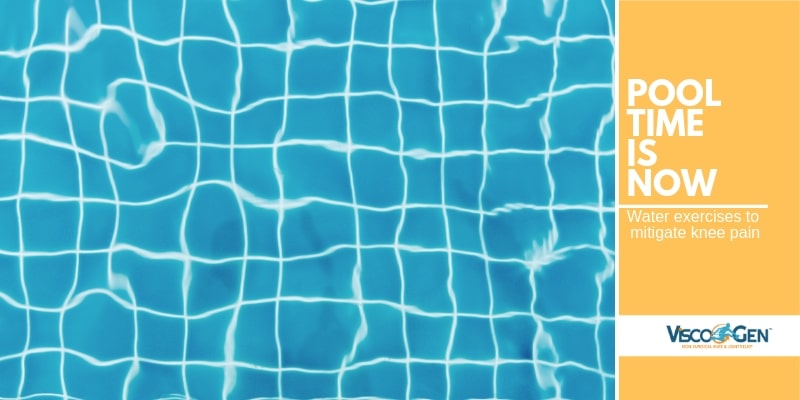The onset of knee pain might seem like an inevitability; with more than 100 million people eventually experiencing the condition, the gradual wear and tear of a lifetime of weight-bearing and mechanical forces looks like a rite of “aging passage.” Whether you’ve come to experience the slow onset of the dull ache commonly attributed to conditions like osteoarthritis, or you’ve sustained an acute injury that’s left you with sharp discomfort, there are plenty of proactive exercises you can use as a knee pain treatment. What are some causes of knee pain, and what are the best exercises to find knee pain relief?
The Knee Joint
The knee joint is one of the largest in the body and bears much of its weight. Besides the bones of the upper and lower leg and the knee cap, the joint also contains a host of tendons, ligaments, muscles and cushioning capsules, and damage to any of these tissues can contribute to knee pain. Also, mechanical conditions like improper alignment or an unbalanced gait can contribute. How can you best use exercise for knee pain treatment?
Go For Low Impact
When it comes to exercises to treat knee pain, you’ll be able to move more, longer, if you can reduce the amount of impact in the inflamed joint.
- Consider using supportive shoes on a flat, cushioned track to make walking less stressful on the joints.
- Swimming is another fantastic option for finding a full body, strengthening movement without the weight.
- Seated cycling can strengthen the muscles above and below the knee, increasing joint stability and mobility without the jarring impact.
Cardio Care for Knees
It’s no surprise that adding regular cardiovascular exercise to your daily routine can help to reap amazing benefits in your joints. According to professor of PT at Winston Salem State University, Dr. Audrey Lynn Millar, Ph.D., “The way we get nutrition into our joints is by contracting and relaxing them, which we do through exercise.”
- Slowly increase your activity by just a few minutes daily to improve your conditioning without increasing stress in the body or joints.
- Consider the potential for weight reduction; for each pound of excess weight lost, the knees experience 4 fewer pounds of pressure. Just 10 pounds results in 40 pounds less load!
Find Strength for Stability
In some cases, knee pain is actually caused by weakness in the muscles above and below the joint, which lead to problems with its hinge-like movement. The knee is designed to open and close front to back, but weak muscles can contribute to damaging side to side movement, which can increase pain and inflammation.
- Consider finding a physical therapist that can guide you through simple weight-bearing exercises like squats or lunges, with proper alignment and less strain.
- Build balanced muscle in the legs by also focusing on strength and length on the front and back of the legs. Tight muscles tend to pull on joint structures, which can increase pain rather than relieve it.
- Don’t forget the core! While the muscles that support the spine and abdomen seem like they’re a good distance from the knees, weakness here causes a chain reaction of gripping and imbalance all the way through the body that can negatively impact posture and gait.
Knee Pain Relief is Possible
At ViscoGen®, our successful knee pain relief techniques have helped thousands of patients improve joint condition and strength without surgery. These results are the product of years of research and commitment by our entire medical team and culminate in a comprehensive treatment plan that is tailored for each patient’s specific needs. Contact us today with your questions and to arrange a consultation visit to learn more!





I am a 71 yr old female and have had RA for many years. Eleven years ago i had a tibial plateau fracture which was repaired by using metal hardware. That said, would i be a candidate for this process? The hardware is still in my leg.
Hi Joyce! Please give us a call at 407-329-5736 and we can schedule you a free consultation to determine the best treatment for you. Thank you, and we hope to hear from you soon.